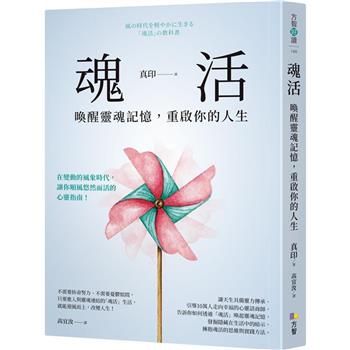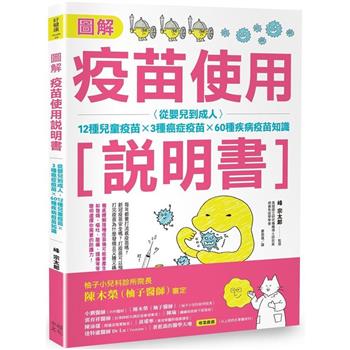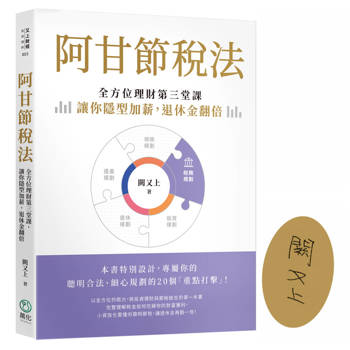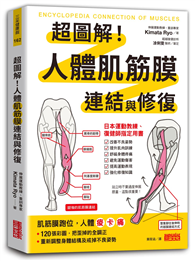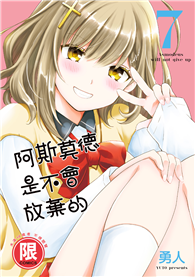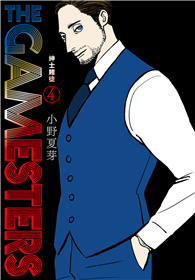This book revolves around educating recently arrived immigrant youth in the United States who are emergent bilinguals.
Drawing on a seven-year research collaboration with three ESL teachers in an urban secondary school in the United States, it addresses questions around taking a critical approach to language and literacy education, including what this looks like in everyday practice and what emergent bilingual youth can learn from it. The chapters illustrate the praxis of critical language and literacy education undertaken by everyday ESL teachers, curricular materials and pedagogical practices that promote emergent bilingual youths’ engagement with words and worlds, and finally, a methodological and relational approach to researching with classroom teachers. The book introduces teaching practices such as dialogic problem-posing, translanguaging and translation, the use of multimodal texts, and youth research on language.
Arguing for the potential power of critical language and literacy education for immigrant youth and their teachers, this book will benefit educators, researchers, and graduate students in the fields of language and literacy, second language acquisition (SLA), ESL and TESOL pedagogy, and in curriculum studies, education of immigrant children and youth, and multicultural issues in education.


